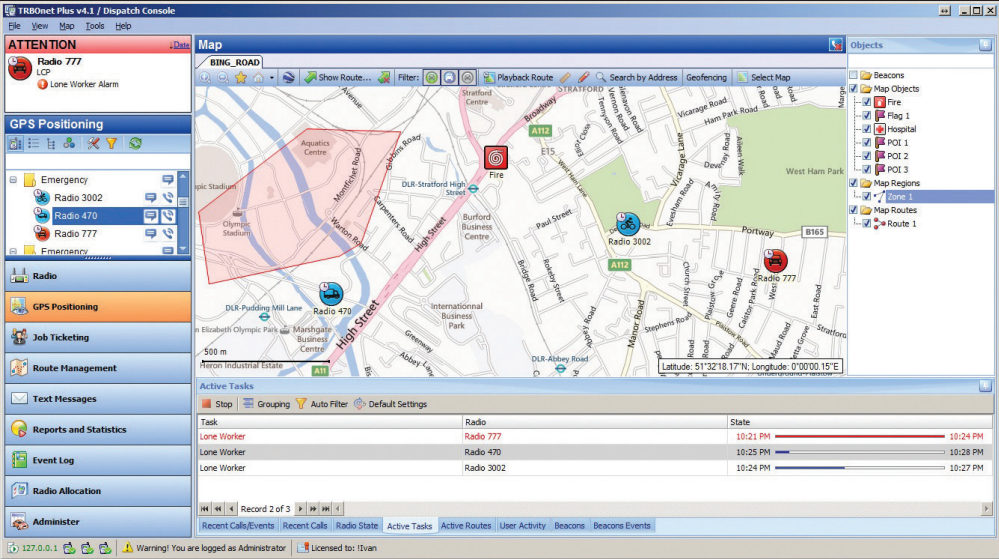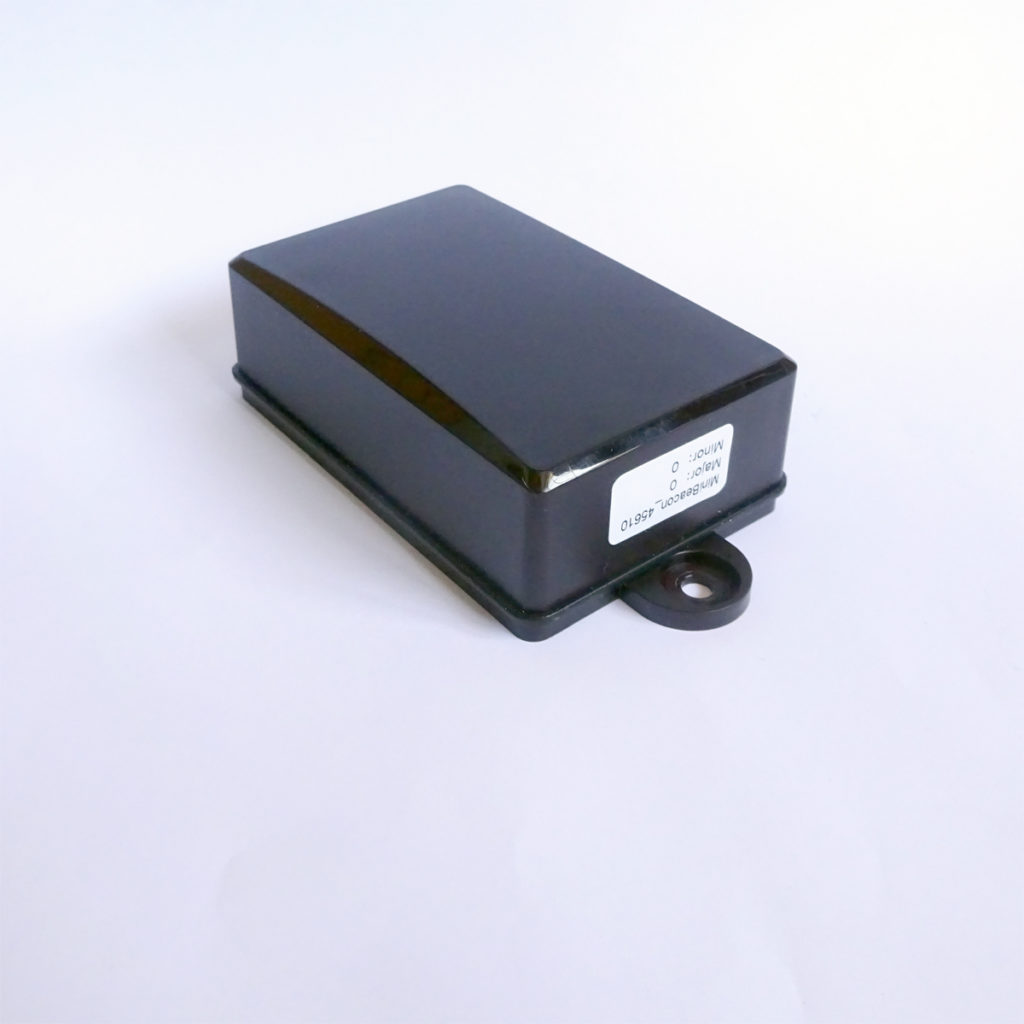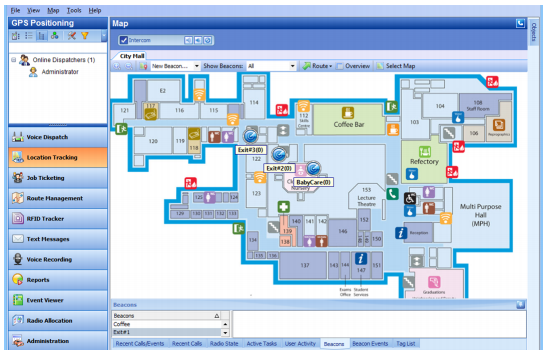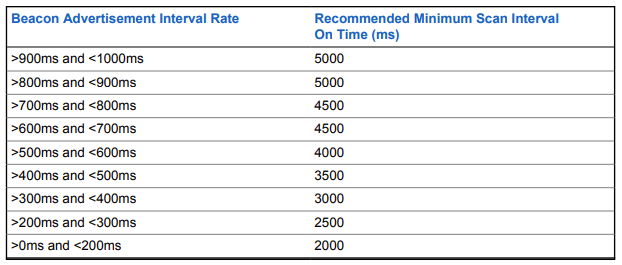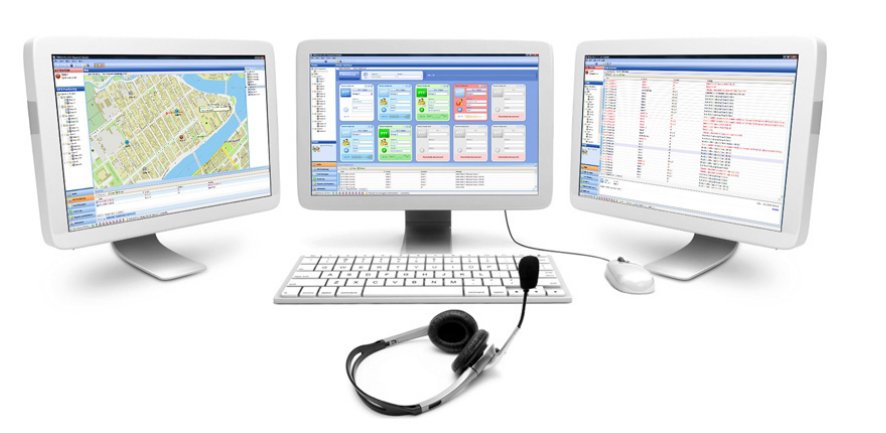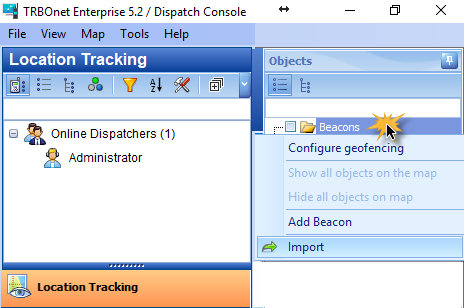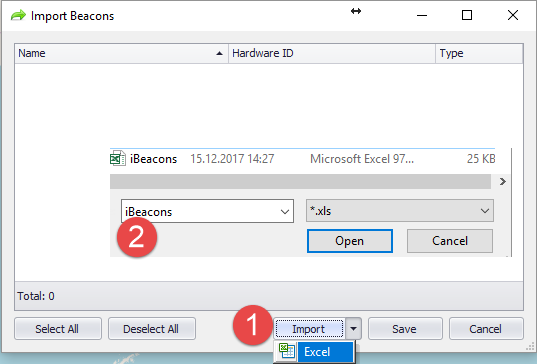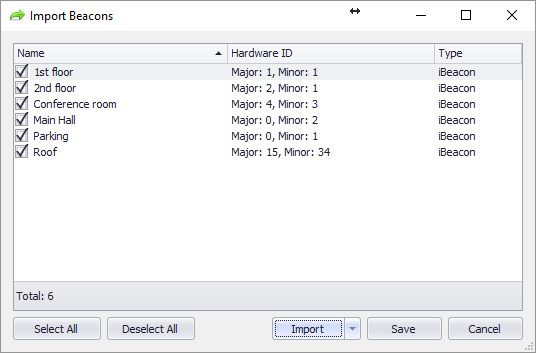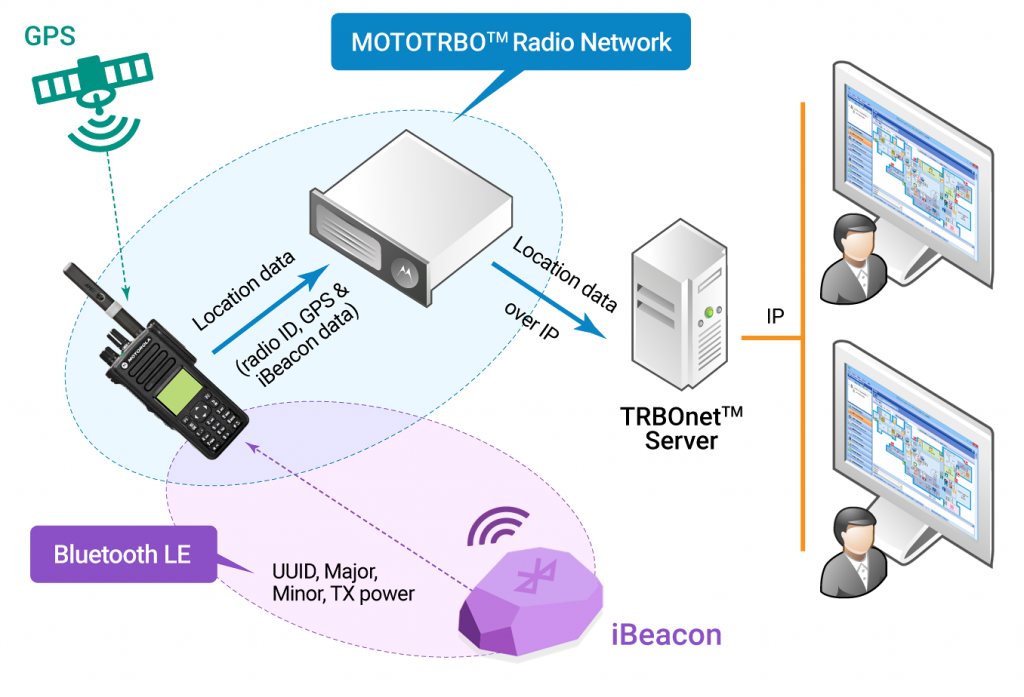TRBOnet is a 2-way radio dispatch system sold and supported by Motorola. It can use iBeacons to provide for locating where the Motorola radio GPS doesn’t work. This allows radios and hence people to be located indoors or undercover areas such as trees.
TRBOnet Plus will work with any iBeacons. The ones with higher battery capacity tend to be used so that batteries don’t have to be replaced for years.
The i3 is popular for use with TRBOnet as it takes AA batteries that can be easily sourced and the unit has screw tags for permanent mounting. Some sites also use USB beacons that can be powered from the mains via USB power supplies.
If you use the i3, or any beacon using AA batteries, we recommend you use lithium AA batteries rather than alkaline. This will not only provide a longer battery life but will also provide better resilience at lower temperatures.
